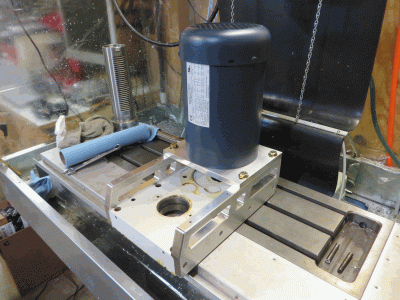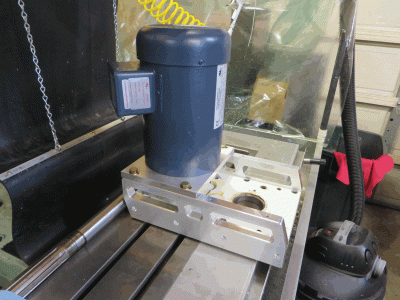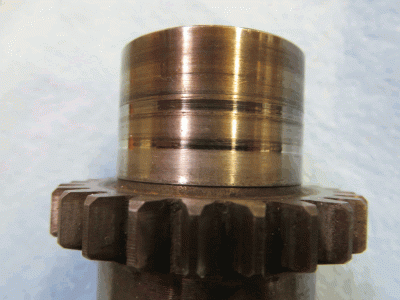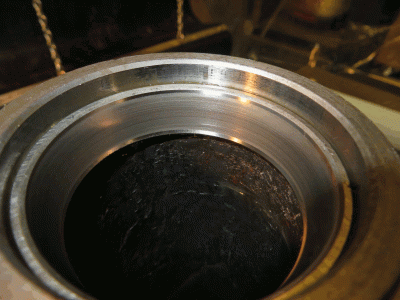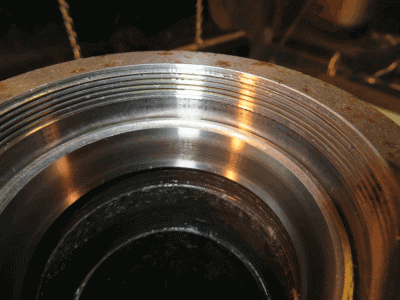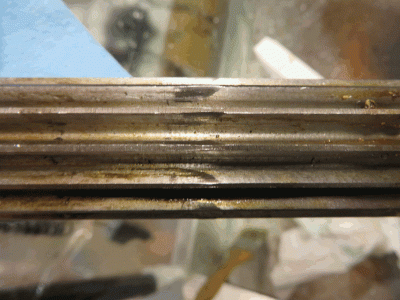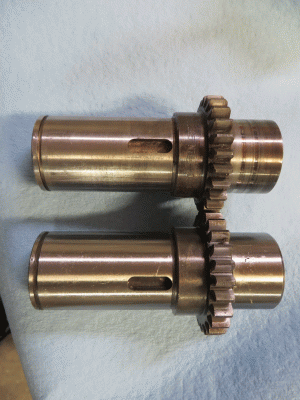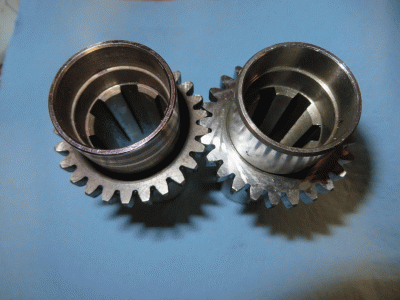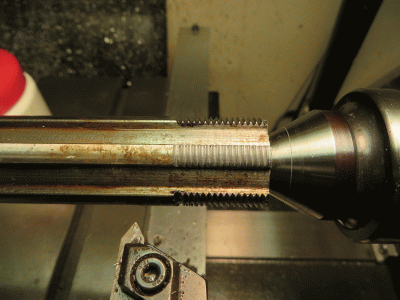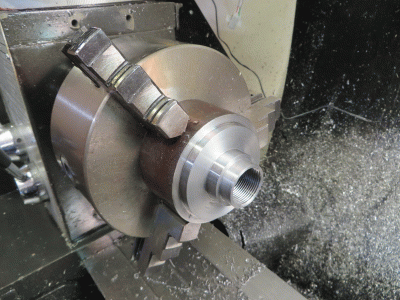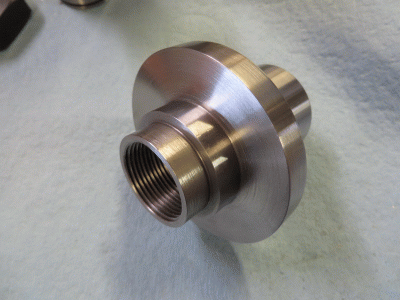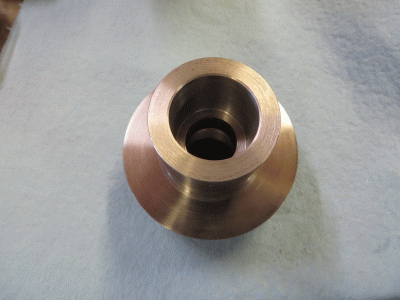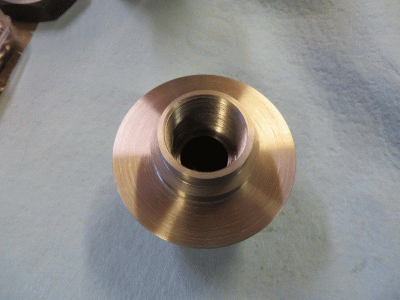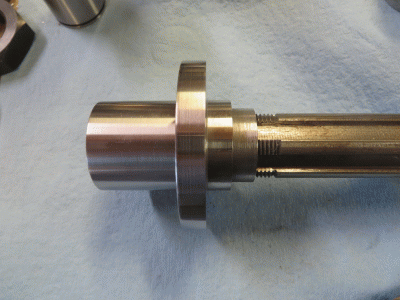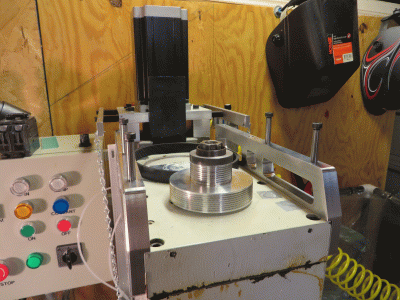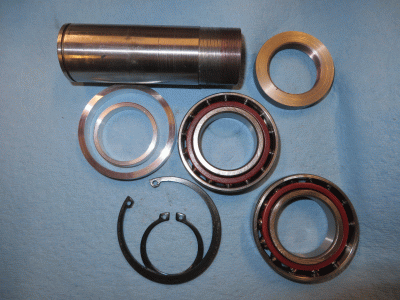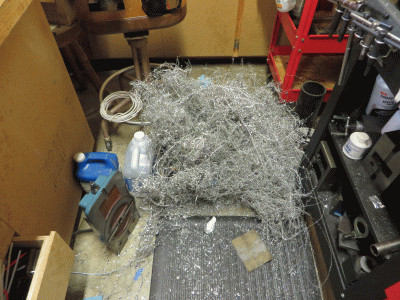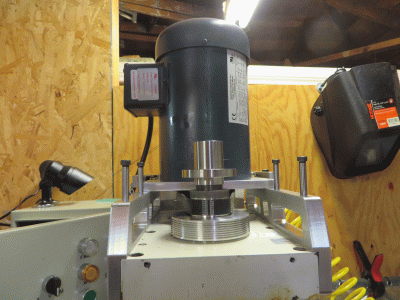These are my VFD and Mach3 Spindle settings. Maybe it will be of some help to others.
On first setup I had trouble with the 0-10v PWM scaling between the VFD and Mach3. Any speed setting in Mach3 over 45% would send the motor full speed. Hours of searching and some help from PMDX support traced down the problem to VFD parameter PD072. This value needed to match PD005, the Max Operating Frequency. It was factory set to 400hz. I believe it took so long to find is that most of these Chinese drives are used with high speed spindles that operate at 400hz where as I am running a 60hz motor up to 105hz.
The PMDX-107 motor control has a great built-in calibration feature. Pressing the test button on the board for one second will start the motor at full speed for 30 seconds, a second press reduces the speed to 30%. This is great for isolating whether there is a problem with the VFD settings or in Mach3. To calibrate you set a trim pot at full CCW, press the test button and measure the spindle speed. The trim pot is used to adjust the spindle speed to match the expected full speed based on the motor/vfd/pulley settings.
My settings for PWM motor control with Mach3:
PMDX-126 BOB, PMDX-107 Motor Control, ESS Motion Controller.
MOTOR, 220v, 2hp, 3ph, 1725rpm, inverter duty, class F
VFD = Huanyang HY02D223B 3hp VFD Settings
pd001 = 1, run command = external terminals
pd002 = 1, operating frequency source = external terminals
pd003 = 60.00, main frequency
pdoo4 = 60.00, base frequency
pd005 = 105.00, max frequency (could be 120.00 with a better motor)
pd008 = 220, max voltage
pd014 = 5.0, acceleration time (user adjustable preference)
pd015 = 5.0, deceleration time (user adjustable preference)
pd070 = 0, analog input = 0-10v
pd072 = 105.00, Higher Analog Frequency
pd141 = 220, rated motor voltage
pd142 = 8.0, rated motor current (check your motor specs)
pd143 = 4, motor pole number (check your motor specs)
pd144 = 1725, rated motor revolution (check your motor specs)
pd176 = 60.00, inverter frequency standard
Ethernet Smooth Stepper Settings
SPINDLE
PWM, base hz 25
Mach3 Settings
RELAY CONTROL, disabled
MOTOR CONTROL
Use Spindle Motor Output
PWM Control
PWM Base Freq = 25
Minimum PWM 1% to 5%
SPINDLE MOTOR TUNING
Steps per = 1000
Velocity = 60
Acceleration = 5000
PULLEY SELECTION
Pulley 1, Min Speed = 0, Max Speed = 6000, Ratio = 2 (4" motor pulley, 2" spindle pulley)
Pulley 2, Min Speed = 0, Max Speed = 1500, Ratio = 0.5 (2" motor pulley, 4" spindle pulley)
Minimum speed needs to be zero or Mach3 will screw up the PWM scaling. If there needs to be a minimum motor rpm threshold it should be set in the VFD.

